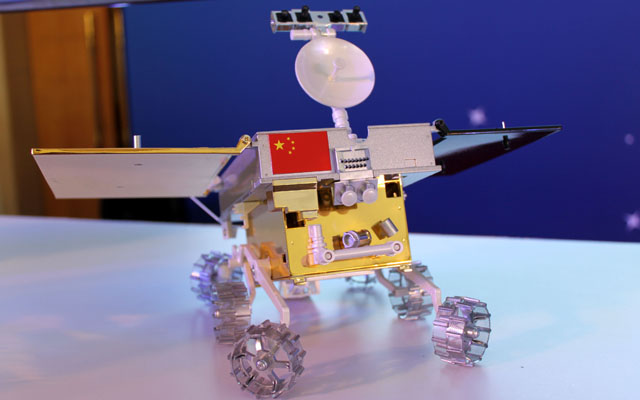China launched its first lunar lander today. The Chang’e-3 spacecraft will carry a lunar rover to the moon, marking the first time a Chinese spacecraft has landed on another celestial body.
The Chang’e-3 is part of a three-step robotic lunar exploration effort. Chang’e-1 and Chang’e-2 (launched in 2007 and 2010, respectively) were lunar orbiters that mapped the lunar surface, providing Chinese scientists and mission planners with a picture of the moon to determine where future landers could set down.
The Daily Signal depends on the support of readers like you. Donate now
Chang’e-3 will display China’s ability to soft-land a vehicle on the lunar surface and deploy a rover. It will also provide an opportunity to test China’s deep-space tracking and communications capability, as the rover will reportedly be under earth control at various points of its maneuvers on the lunar surface. Such a space observation and tracking system has implications not only for space exploration but for national security, as it can be used to maintain space surveillance, keeping watch over Chinese and other nations’ space assets.
The third phase will be a lunar sample retrieval mission in the 2017 time frame. This may set the stage for further robotic missions on the moon or perhaps on other planets (e.g., Mars)—or perhaps for a manned lunar mission in the 2020–2030 time frame.
China’s Chang’e-3 program should not be seen as necessarily part of a space race. Neither China nor the United States—nor most of China’s spacefaring neighbors (Japan, India, South Korea)—are rushing to space in the manner of the U.S.–Soviet effort of the 1950s and 1960s. Rather, it should be seen as reflecting the persistent, long-term effort, with high-level political support, that has marked China’s space program in general.






























